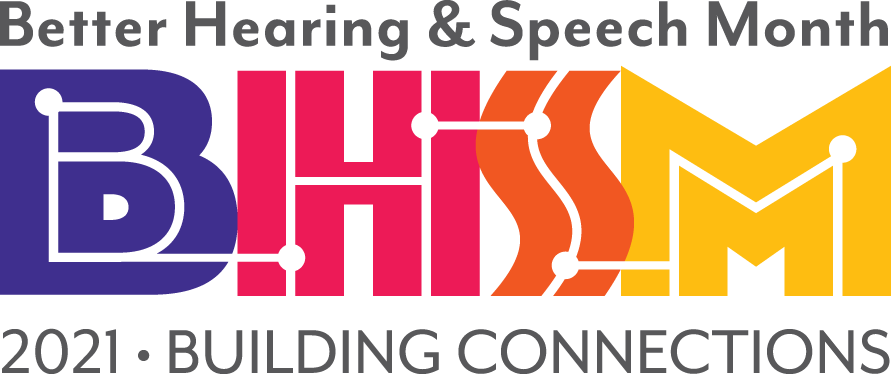Guest Post from Kelly Taeschner, Resource Teacher at Cedar Lane Elementary School
This year has brought unique challenges to teachers and families. One could easily list all the hurdles people have worked to overcome. Great challenges often result in tremendous opportunity. For some families, one aspect of distance learning that has been successful has been the opportunity for daily modeling of words to help students who are learning language using augmentative/alternative communication. One reason for these successes is increased experiences where families have participated in training from educators on how to model using the AAC.
Learning to use AAC can be challenging for families. This year found families themselves thrust into the virtual classroom to support their children. This provided an opportunity for some teachers to spend time each day modeling, coaching, and instructing both students and parents.
Personally, I have found this to be one of the truly wonderful aspects of distance learning. Some parents now spend hours, day in and day out, learning how to implement AAC and improving right alongside their children. I have seen so much progress from my families who have come to embrace this time together! Working so closely with my families each day, has created an even stronger team of advocates for their children.
Learning language and using AAC successfully requires work around the clock and in all environments. Due to distance learning, some families have had the great experience of witnessing their child’s language growth and are better equipped to actively continue the work outside of school hours in a variety of environments. Distance learning ended up being a catalyst for some families in becoming an even more active part of their child’s language learning process. Teachers have always said, “We are in this together.” Now, more than ever, that statement holds true.
 walk, on a hike, or in the garden. Listen to stories in the car during any summer adventure. Podcasts featuring fictional content are a fun way to enjoy literature alone or together! Some examples of podcasts with fictional content include the following:
walk, on a hike, or in the garden. Listen to stories in the car during any summer adventure. Podcasts featuring fictional content are a fun way to enjoy literature alone or together! Some examples of podcasts with fictional content include the following:
